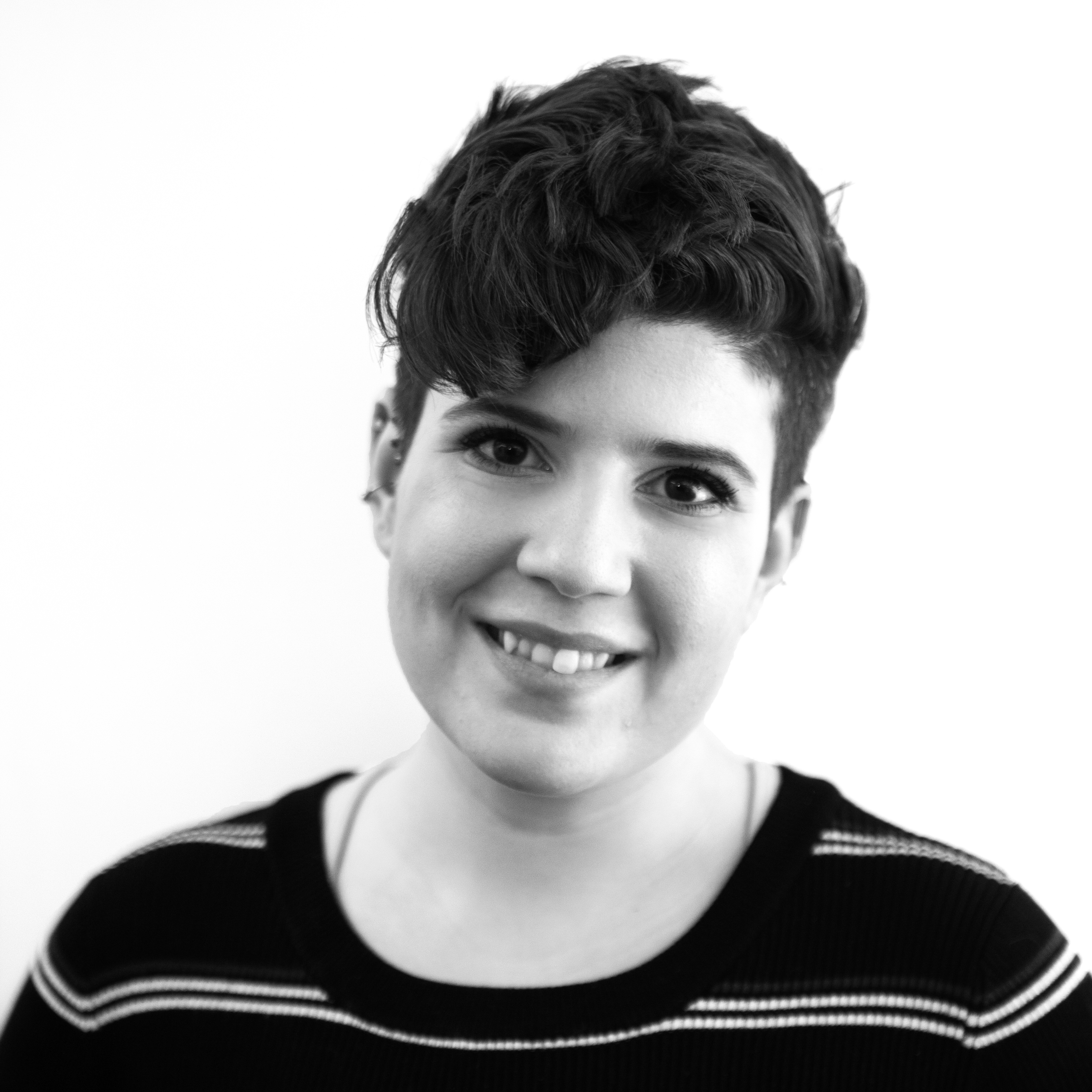Abercrombie & Fitch’s Dark, Racist Past Revealed
NOW ON NETFLIX
In the new documentary “White Hot,” director Alison Klayman examines how racist discrimination, sexual misconduct, and exclusionary branding nearly sank an infamous retail brand.

Trending Now





